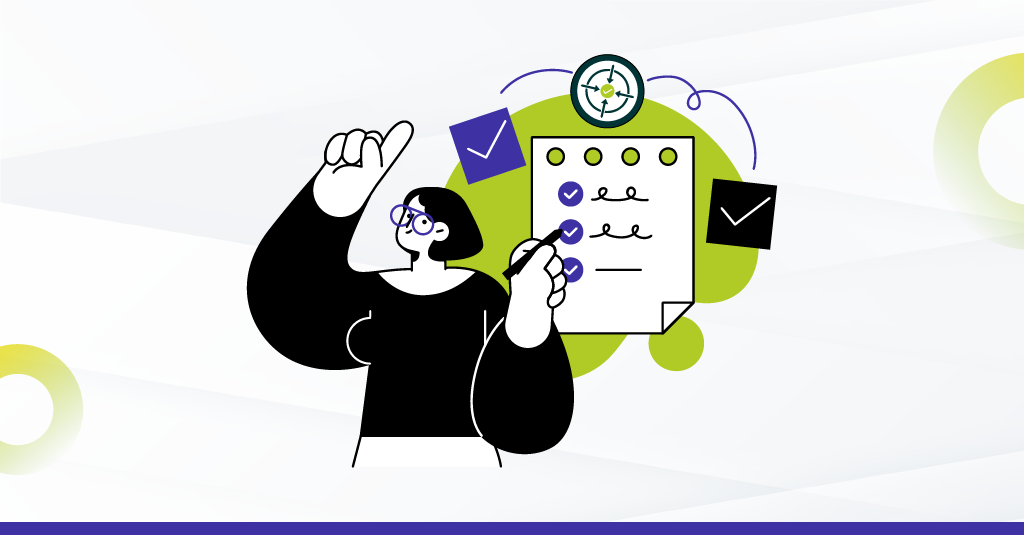Our customers account for a number of factors before taking the plunge into e-Learning. I was trying to put together some of the key change factors leading organizations to adopt e-learning stand-alone and as a part of the training blend. I arrived at these factors driving the change:
1. Business Strategy
2. Geographical Expansion Of Business
3. New Business Opportunities (which may lead to new skill development)
4. Cost and Benefits
5. Organizational Culture/Demographics
6. Infrastructural Readiness
7. Management Support
Some of these change factors translate to simply ‘business needs’ which fuel the need for e-learning in the business. Without the appropriate need or a real business case for e-Learning, it may seem like another fad.
E-learning will have to specifically contribute to increasing revenue, reducing costs, and increasing efficiencies (by means of skill building).
The other factors determine the readiness of an organization to adapt to e-Learning. A readiness evaluation is extremely critical since the decisions taken at this point make a significant impact on the success of any strategy.
Business Needs
- Business Strategy/Goals
For any initiative to be successful one needs to align its goals to the business goals. Training for training’s sake needs to be avoided; e-learning must be focussed on providing a value addition in terms of performance and efficiency improvement.
By linking e-learning goals to the immediate or future business needs, one leverages the value of training and perception of the learning in the organization. Ultimately, e-learning must impact organizational performance. - Geographical Expansion
This is definitely one of the primary benefits that e-Learning provides. Training can be delivered over varied distances across the country or the world using all possible media one can imagine including video, web-conferencing, social network tools, etc. This list only increases with every passing technology generation.
elearning is great for organizations who have branches in different geographical regions. It helps them collaborate and work together from their respective locations and also saves tremendous time and effort to travel. - New Business Opportunity
Stepping into a new business opportunity may require that employees pick up skills in the least possible time. E-learning can help build knowledge and skills quickly without involving much cost and effort. - Cost Benefits
Time is money! If you can reduce the training time of an employee on the job (without compromising on the quality of learning) the remaining time can be used for more productive work. In the long run, e-learning reduces the cost of training.
Ideally a cost-benefit analysis should be done to measure the direct and indirect costs involved in the design, development, delivery, and maintenance of the program. Different industries and organizations have different business models and way of doing business; keep that in mind when doing any sort of analysis.
E-Learning Readiness
Once it is determined there is a need for e-Learning, we need to assess the readiness of the organization to make a move towards it.
Perhaps one drawback of e-learning is the absence of human intervention in the form of face-to-face interactions, verbal communication and mostly importantly feedback. However, now even these are changing with the new wave of collaboration technologies.
- Change in the Culture/Demographics
Corporate culture can help or hinder an e-learning initiative, sometimes pushing and pulling in both ways. E-learning can also be a tool to support cultural change. If individuals are used to attending training programs in far-away idyllic locations, also giving them time off work for a few days, they may fail to understand the concept of learning while sitting at their desks in front of their computers.
A culture of instructor-led training will need to be dealt. One must consider the learner’s state of mind and the interpersonal aspects of the environment as these will impact the learning outcome. Understanding the culture of an organization helps assist in understanding the learning style, their preferences and the readiness of learners for such technology based interventions.
For organizations that are structured from the top-down, are task-oriented or have a considerable population of people who aren’t computer savvy; a straightforward curriculum of courses would work well. For democratic, people-oriented companies, collaborative e-learning systems are the way to go. If your company is a true “learning organization”, you will need a broad program of collaborative e-learning and knowledge management. - Infrastructural Readiness
E-learning is subject to technological barriers. Courses and tools may require considerable bandwidth and current or updated versions of browsers, video/audio codecs, relevant software updates, etc. at all times.
Though these may work well at a particular location, in others it may be rendered useless because of unavailability of internet or even computers. In the presence of these barriers, e-learning may not be able to provide the learning experience designed for. - Management Support
The primary strength behind all successful initiatives in an organization is a constant support by the top management. Securing commitment from the top management is essential as they have the ability to influence the immediate managers who mobilise the staff to training. Apart from approving budgets, they promote and communicate a consistent organizational learning message.
Change Agents
A change can be enforced, initiated, guided by people who become change agents. The most common people to bring about a change in the learning methodology are the training and development heads, who take the onus of introducing such concepts to the organization. A change agent can be seen as a high-level champion who will do what is necessary to ensure success.
E-learning is not a panacea for what ails learning and development in organizations. Face-to-face interaction, laboratory training, group discussions, or mentoring can never be replaced by e-learning. For the best learning, change agents will need to optimize solution for individuals by adapting a blend of both.














